Just A Sidekick: 20 Vice Presidents That History Forgot About
Faded Faces Behind The Flag
History tends to play favorites by spotlighting presidents while leaving their seconds-in-command buried in the margins. They swore the same oath and stood steps from power. Yet they're forgotten almost as quickly as they were sworn in. No fanfare, no statues—just silence. These vice presidents weren’t all bland or forgettable, but their stories never quite stuck around. So today, we’re here to acknowledge 20 vice presidents who stood right next to the highest office in the land but are seldom remembered.
 National Museum of the U.S. Navy on Wikimedia
National Museum of the U.S. Navy on Wikimedia
1. Elbridge Gerry (VP Under James Madison)
His name became a political buzzword, but his legacy didn’t shine. Gerry approved a redistricting map as Massachusetts governor that coined “gerrymandering,” but that’s all most recall. He left no memorial or tribute in the capital he helped shape.
 Nathaniel Jocelyn on Wikimedia
Nathaniel Jocelyn on Wikimedia
2. Daniel D. Tompkins (VP Under James Monroe)
Debt and addiction silenced Tompkins long before he departed this life. He used personal funds to support the War of 1812, which wrecked his finances. Today, his name survives in a Staten Island neighborhood—but his political contributions are mostly ignored.
 Attributed to John Wesley Jarvis (1780–1840) on Wikimedia
Attributed to John Wesley Jarvis (1780–1840) on Wikimedia
3. Thomas R. Marshall (VP Under Woodrow Wilson)
During Wilson’s incapacitation, Marshall declined to assume power due to fear of backlash. His caution kept him on the sidelines through a global war. Despite two terms, Marshall is mostly erased from World War I leadership narratives and public memory.
 Harris & Ewing, photographer on Wikimedia
Harris & Ewing, photographer on Wikimedia
4. Levi P. Morton (VP Under Benjamin Harrison)
Under Benjamin Harrison, Morton laid the cornerstone of the Statue of Liberty but left little personal mark on history. Though he later became New York’s governor and lived to 96, his vice presidency lingers as a ghost note.
 George Hughes (1863–1932) on Wikimedia
George Hughes (1863–1932) on Wikimedia
5. Richard Mentor Johnson (VP Under Martin Van Buren)
Johnson was elected VP only after the Senate intervened. He openly lived with a formerly enslaved woman and claimed to have killed Tecumseh. Even after defying political norms, his erratic behavior made him expendable—and easily discarded from Van Buren’s second ticket.
6. Charles Curtis (VP Under Herbert Hoover)
Being the first Native American vice president should’ve been unforgettable, but sadly, this wasn’t the case here. Curtis, raised on a Kansas reservation, spoke Kaw and French before English. He broke barriers, but his heritage and service were overshadowed by Hoover’s failed presidency.
 Strauss Peyton, Kansas City, Missouri on Wikimedia
Strauss Peyton, Kansas City, Missouri on Wikimedia
7. William R. King (VP Under Franklin Pierce)
King took his oath on foreign soil, Cuba, due to tuberculosis, permitted by a special congressional act. Just 45 days later, he passed on. Despite years of public service and whispers about his relationship with Buchanan, King remains a historical afterthought.
8. Charles W. Fairbanks (VP Under Theodore Roosevelt)
Fairbanks clashed with Roosevelt’s reforms and left little imprint during their term. Though Fairbanks, Alaska, bears his name, his political influence was minimal. He made another VP bid in 1916—unsuccessfully.
9. Schuyler Colfax (VP Under Ulysses S. Grant)
Once a political rising star, Colfax’s fall was swift and permanent. He led both chambers of Congress—the House and Senate—but the Crédit Mobilier scandal torched his career. Towns still bear his name, but his vice presidency remains a casualty of 19th-century political cleanup.
 Internet Archive Book Images on Wikimedia
Internet Archive Book Images on Wikimedia
10. Henry Wilson (VP Under Ulysses S. Grant – Second Term)
Wilson’s journey from shoemaker to vice president is an inspiring one. A fierce abolitionist and author, he spent much of his term too ill to serve. However, he died mid-term in the Capitol, and the silence that followed speaks volumes about his forgotten service.
 Unknown photographer on Wikimedia
Unknown photographer on Wikimedia
11. John C. Breckinridge (VP Under James Buchanan)
Being the youngest vice president at age 36 didn’t guarantee long-term fame. Breckinridge joined the Confederacy and fled the country post-war. His dramatic fall from Union politics left him largely excluded from mainstream historical praise or schoolbooks.
 Mathew Benjamin Brady / Levin Corbin Handy on Wikimedia
Mathew Benjamin Brady / Levin Corbin Handy on Wikimedia
12. Garret A. Hobart (VP Under William McKinley)
Called the “Assistant President” behind closed doors, Garret A. Hobart wielded major influence during McKinley’s term. In 1899, his sudden demise opened the door for Roosevelt and quietly erased a legacy once nearly equal to McKinley’s.
 Frances Benjamin Johnston on Wikimedia
Frances Benjamin Johnston on Wikimedia
13. William A. Wheeler (VP Under Rutherford B. Hayes)
Obscurity started early for Wheeler. Hayes himself allegedly asked, “Who is Wheeler?” after the nomination. Later, Wheeler rejected a congressional pay raise on ethical grounds and kept a low profile. Even with so much personal integrity, his political impact was minimal.
 The original uploader was The Mystery Man at English Wikipedia. on Wikimedia
The original uploader was The Mystery Man at English Wikipedia. on Wikimedia
14. Adlai E. Stevenson I (VP Under Grover Cleveland, Second Term)
Sharing a name with his grandson kept Stevenson from total anonymity. His most notable act as VP was handing out patronage jobs, but it drew accusations of partisanship. Then, his attempt to return to the role in 1900 failed, leaving him with only a family name and a lost campaign.
 Brady-Handy Collection on Wikimedia
Brady-Handy Collection on Wikimedia
15. George M. Dallas (VP Under James K. Polk)
Even the namesake of Dallas, Texas, is little known to most. Dallas pushed major expansionist policies, broke a Senate deadlock on tariffs, and served abroad after office. Still, his public image faded fast, reduced to a city’s disputed origin.
 lithographed by A. Hoffy from a daguerreotype by M. A. Root on Wikimedia
lithographed by A. Hoffy from a daguerreotype by M. A. Root on Wikimedia
16. Thomas A. Hendricks (VP Under Grover Cleveland, First Term)
Hendricks's vice presidency was cut short after only eight months. His long Senate career included opposition to Radical Republican policies. Passing away in office without significant influence, Hendricks became one of Cleveland’s most overlooked political figures.
17. James S. Sherman (VP Under William Howard Taft)
Nicknamed “Sunny Jim” for his charm, Sherman still couldn’t escape history’s eraser. He died just days before the 1912 election, leaving Taft without a vice president on the ballot. Though well-liked, his name rarely comes up in conversations about early 20th-century politics.
 Bain News Service, publisher on Wikimedia
Bain News Service, publisher on Wikimedia
18. Alben W. Barkley (VP Under Harry S. Truman)
At 71, Barkley was the oldest VP at his inauguration and coined the still-used nickname “Veep.” Age caught up fast, and he was rejected for another run. Tragically, he passed away mid-speech in 1956. His colorful personality was eclipsed as Truman’s legacy dominated that chapter of history.
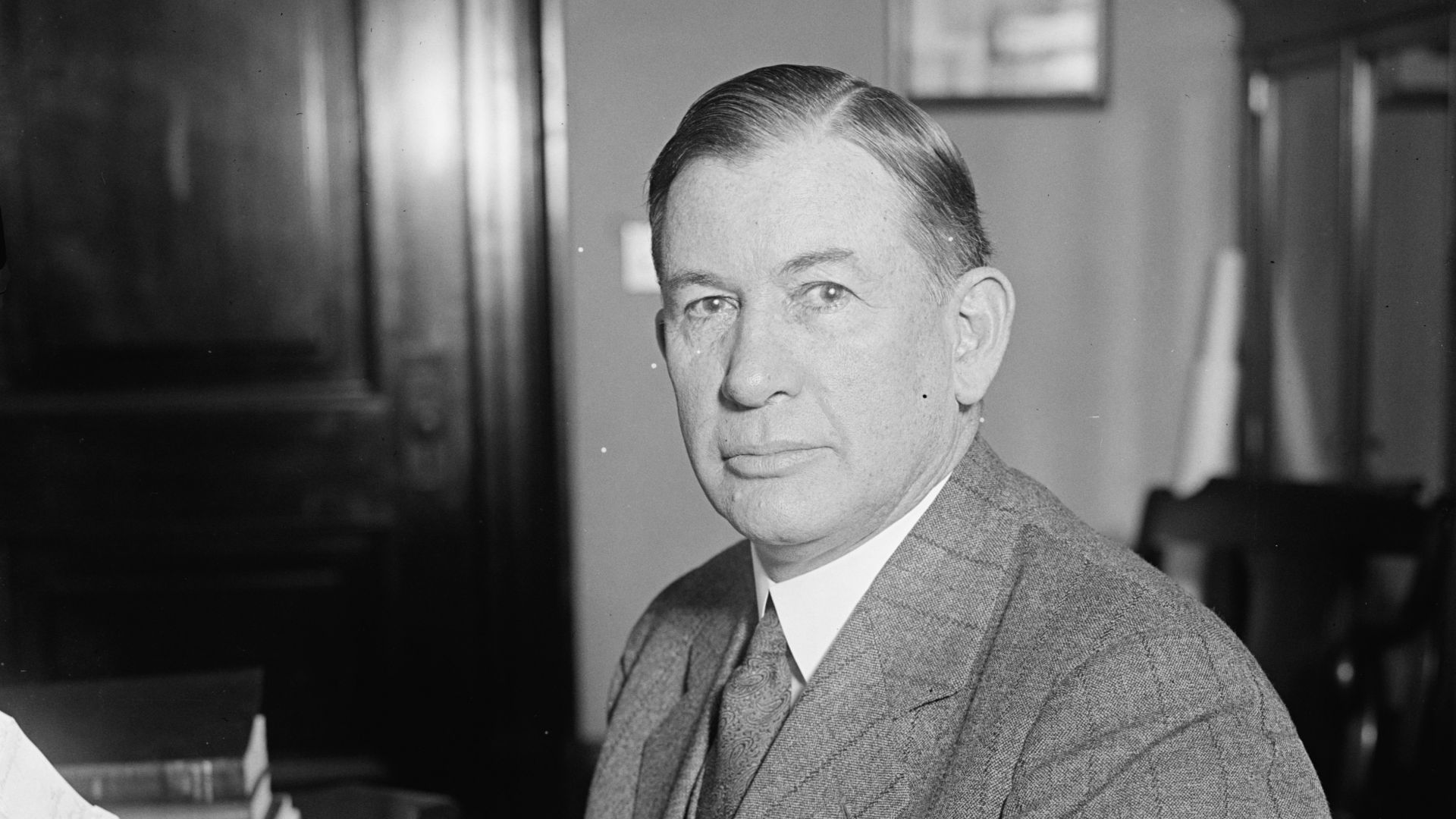 National Photo Company Collection on Wikimedia
National Photo Company Collection on Wikimedia
19. Hannibal Hamlin (VP Under Abraham Lincoln, First Term)
Lincoln replaced him in 1864, and Hamlin quietly exited the national stage. He strongly supported Black enlistment and opposed slavery. After office, Hamlin even served as a customs collector—an anticlimactic end for someone once so close to presidential power.
 Brady National Photographic Art Gallery (Washington, D.C.), photographer. on Wikimedia
Brady National Photographic Art Gallery (Washington, D.C.), photographer. on Wikimedia
20. Henry A. Wallace (VP Under Franklin D. Roosevelt, Third Term)
Wallace was too progressive for his party, and it cost him his spot on the 1944 ticket. He later ran as a third-party candidate, pushing for civil rights and Soviet diplomacy. His views were decades ahead—but they got him sidelined, and most Americans wouldn’t recognize his name today.
 Photo copyrighted by D.N. Townsend; no renewal in the U.S. Copyright Office on Wikimedia
Photo copyrighted by D.N. Townsend; no renewal in the U.S. Copyright Office on Wikimedia
KEEP ON READING
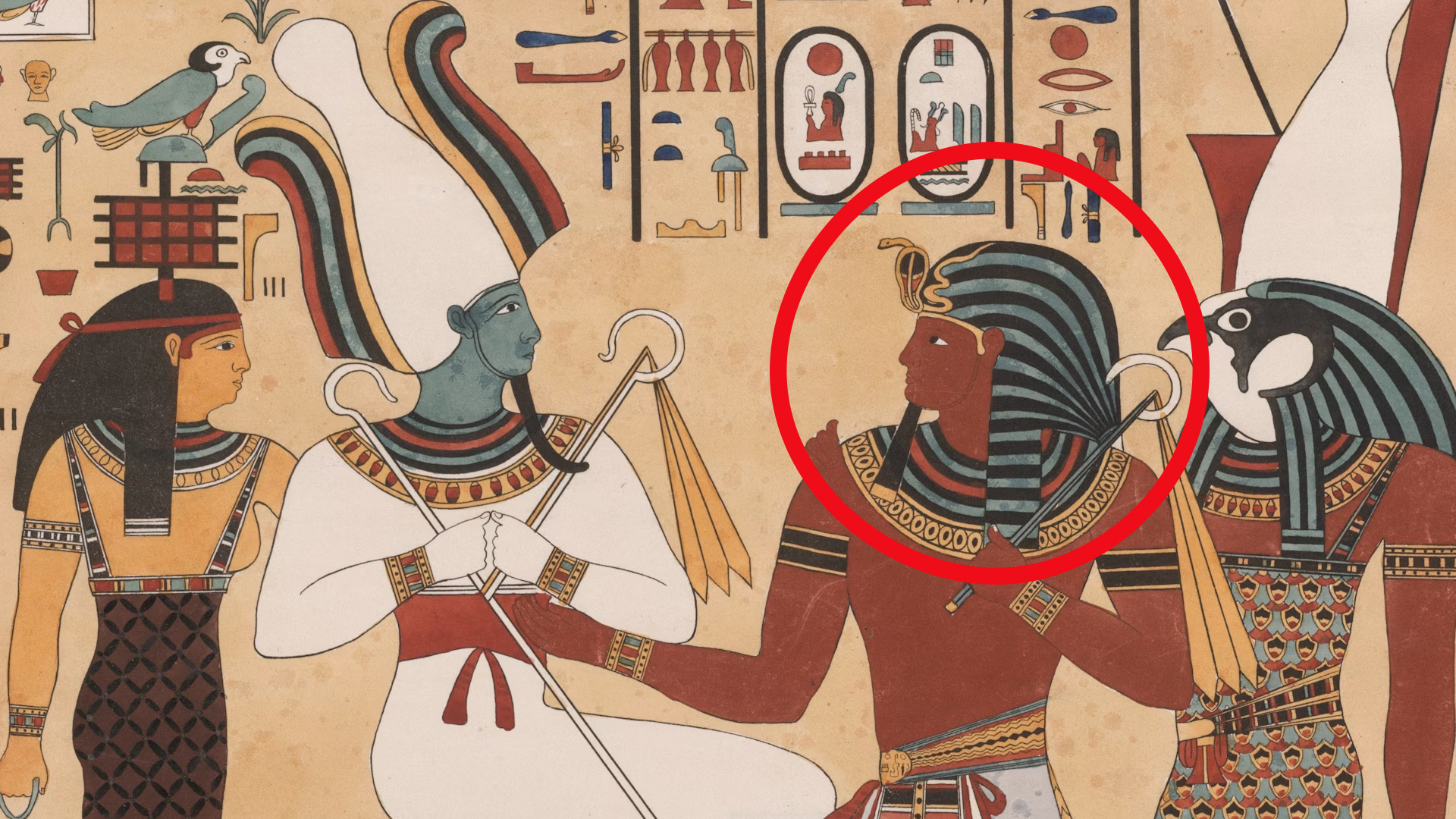
The Mysterious "Sea People" Who Collapsed Civilization
3,200 years ago, Bronze Age civilization in the Mediterranean suddenly…
By Robbie Woods Mar 18, 2025
The Turning Point: 20 Facts About The Battle of Normandy
Normandy Changed The Game. The Battle of Normandy marked a…
By Chase Wexler Jun 4, 2025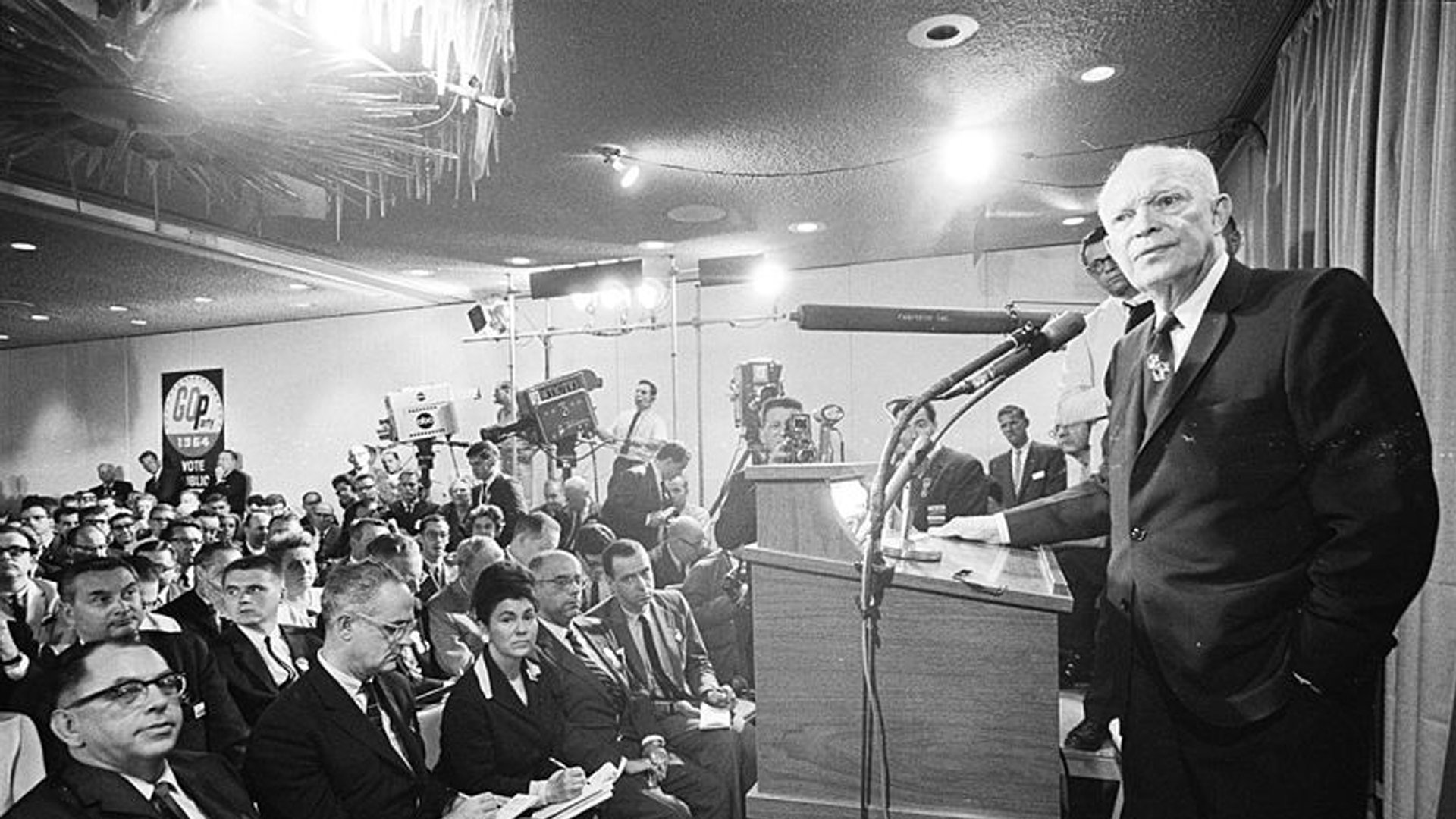
20 Important Names From World War II You Should Know
Key Players From World War II (For Good or Bad).…
By Cathy Liu Nov 7, 2024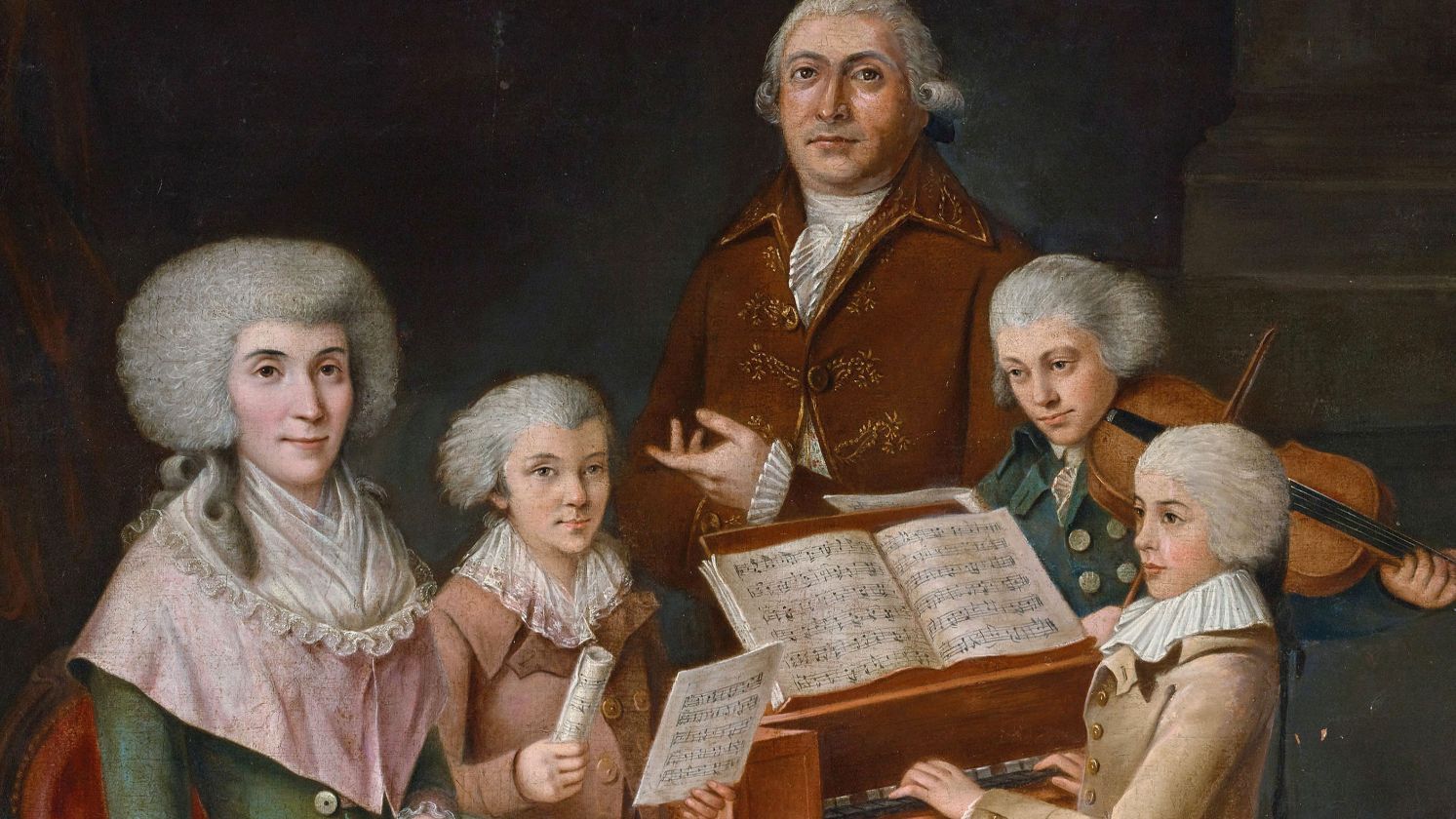
The Musical Prodigy: 10 Fascinating Facts About Mozart & 10…
Secrets Behind the Symphony. Wolfgang Amadeus Mozart remains one of…
By Chase Wexler May 5, 2025
20 Ancient Architectural Wonders That Will Boggle Your Mind
Ancient Marvels That Have Withstood the Test of Time. From…
By Christy Chan Feb 12, 2025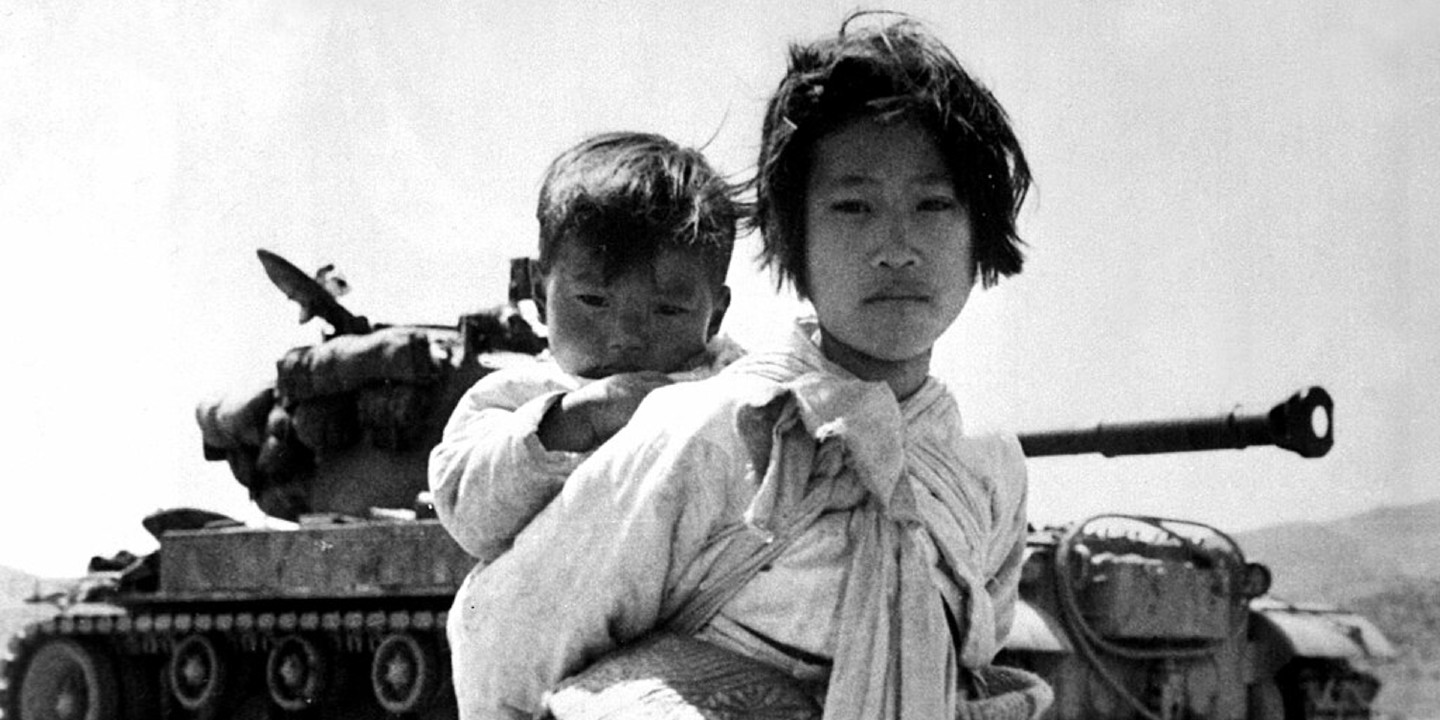
Everything You Need To Know About The Korean War
It Shaped More Than Just A Country. The Korean War…
By Emilie Richardson-Dupuis Nov 8, 2024




